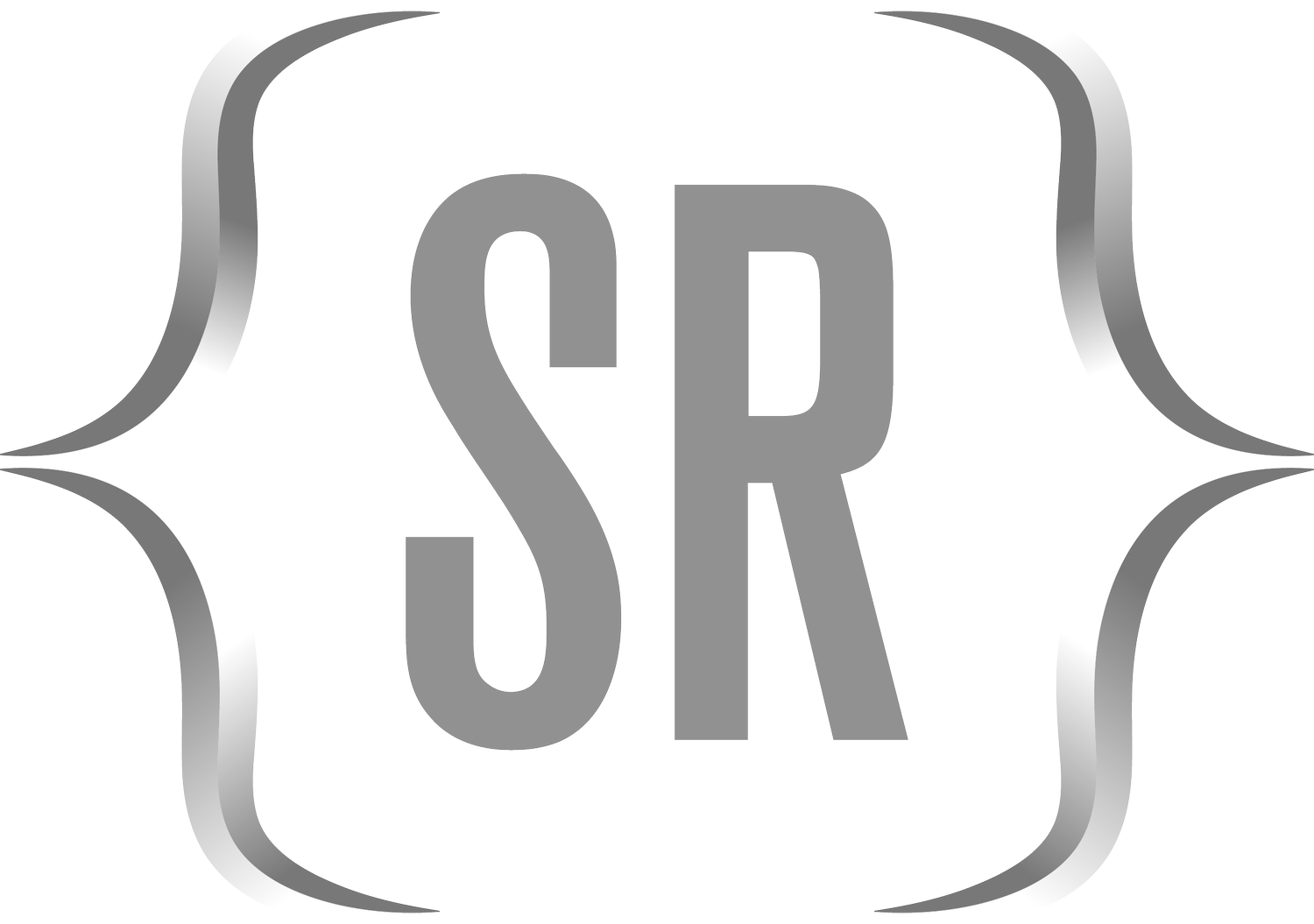The “hist” Function in R
Package: Base R (no specific package required)
Purpose: Creates histograms of a numeric vector.
General Class: Data Visualization
Required Argument(s):
x: A numeric vector.
Notable Optional Arguments:
breaks: A specification of the breakpoints (bins) for the histogram. This can be an integer specifying the number of breaks or a numeric vector specifying the breakpoints.
main: A main title for the histogram.
xlab: A label for the x-axis.
ylab: A label for the y-axis.
col: The color of the bars.
border: The color of the border around the bars.
freq: A logical value indicating whether the histogram should be based on frequencies (TRUE) or densities (FALSE). The default is TRUE.
Example:
# Example vector
data <- c(2, 4, 6, 8, 10, 2, 4, 6, 8, 10, 12, 14, 16, 18, 20)
# Create a histogram
hist(data, breaks = 5, main = "Histogram Example", xlab = "Values", col = "blue", border = "black")In this example, the hist function is used to create a histogram of the numeric vector data with 5 bins. The main title, x-axis label, color of bars, and border color are specified as additional arguments. The resulting histogram is then plotted.
